Honeypot Ants: Nature’s Liquid Gold Storage
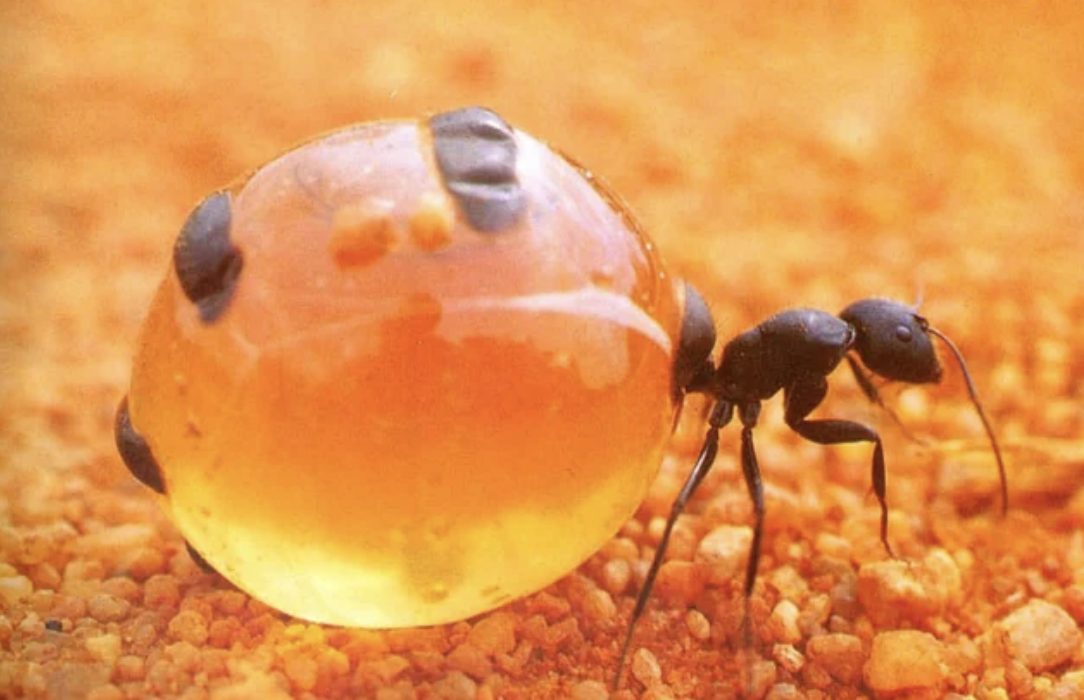
Honeypot ants are fascinating insects known for their extraordinary ability to store food in their own bodies. These ants, found primarily in arid regions of Australia, Africa, and the Americas, have developed a unique survival strategy that sets them apart from other ant species. Here's an in-depth look at these incredible creatures and the role they play in their ecosystems.
What Are Honeypot Ants?
Honeypot ants (genus Myrmecocystus and other species) are a group of ants that specialize in storing food in the form of nectar or honeydew, which they collect from plants or other insects like aphids. The food is stored in the ants' abdomens, which can swell to the size of a grape, and these ants are often referred to as "living food storage tanks."
How Do Honeypot Ants Store Food?
Honeypot ants have specialized worker ants, called repletes, whose main job is to store food for the colony.
These repletes act as "living reservoirs," allowing the colony to survive in environments where food is scarce.
They feed on nectar or honeydew until their abdomens expand significantly, sometimes to several times their normal size. Their soft, distensible bodies allow them to store vast amounts of liquid—up to several times their body weight in some cases.
Other ants in the colony will "milk" the repletes by gently tapping their abdomens. The repletes then regurgitate the stored food, which is shared among the workers, larvae, and queen, ensuring the colony has enough nourishment during lean periods.
The Social Structure of Honeypot Ants
Like other ants, honeypot ants live in highly organized colonies with a strict division of labor. The colony consists of various types of ants, each with specialized roles:
- Workers: These ants forage for food, care for the young, and defend the colony. They gather nectar or honeydew, which they feed to the repletes.
- Repletes: The food-storing ants, whose swollen abdomens allow them to store and distribute liquid food within the colony.
- Queen: The reproductive female, responsible for laying all the eggs in the colony.
The entire colony works together to ensure that each member, from the queen to the youngest larvae, is well-fed, especially during times when food is hard to find.
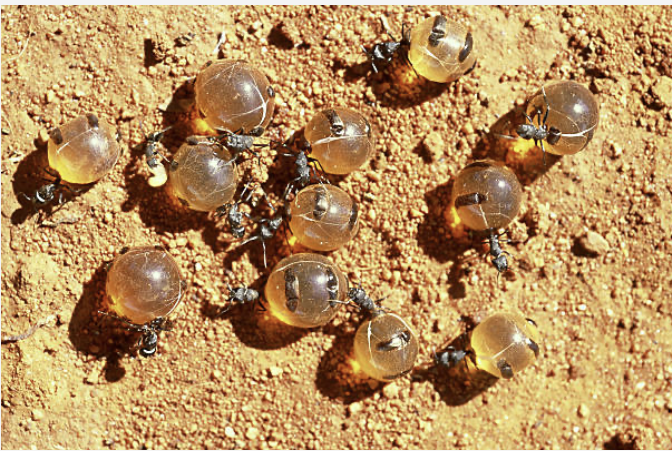
The Role of Honeypot Ants in Their Ecosystem
Honeypot ants play a crucial role in their ecosystems, particularly in dry, desert environments. By storing food in their bodies, they act as a reserve supply for the colony during periods of drought or food scarcity. This unique adaptation allows them to survive in harsh climates where other animals and insects might struggle to find sustenance.
In addition to their role as food storage tanks, honeypot ants help to regulate plant and insect populations. As foragers, they gather nectar and honeydew, often from a variety of plants and trees. Their interaction with aphids, which produce honeydew, is particularly notable, as the ants protect aphid colonies in exchange for access to the sweet liquid.
Human Interest: A Delicacy in Some Cultures
Honeypot ants have also caught the attention of humans, particularly in indigenous cultures where they are sometimes considered a delicacy. In parts of Australia, for example, native people harvest the repletes for their sweet, honey-like substance. The repletes’ swollen abdomens are considered a treat, with a honeyed flavor that can be quite refreshing.
However, harvesting these ants must be done carefully to avoid harming the colony. Many experts caution against over-harvesting and emphasize the importance of preserving these unique insects for the balance of their ecosystems.




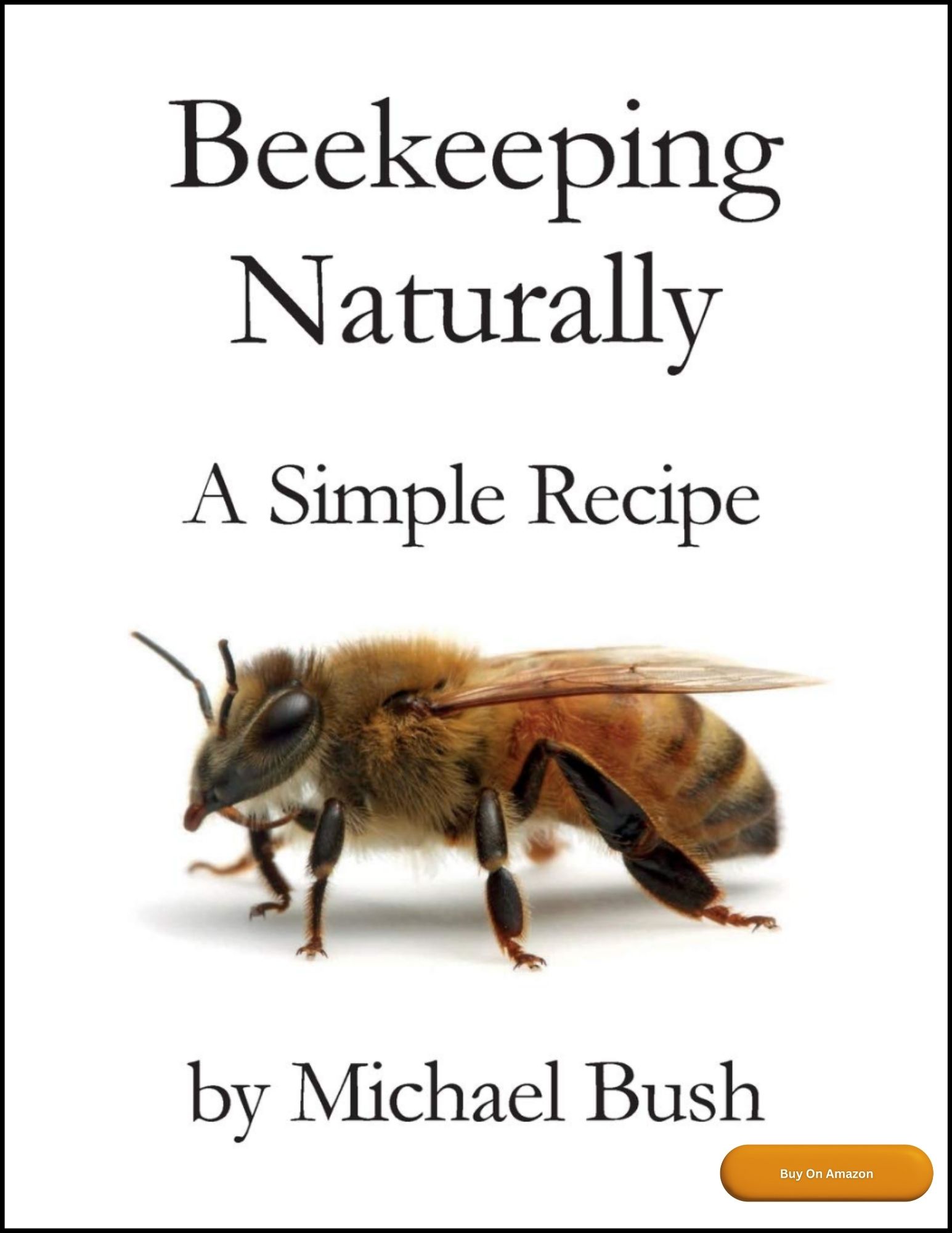
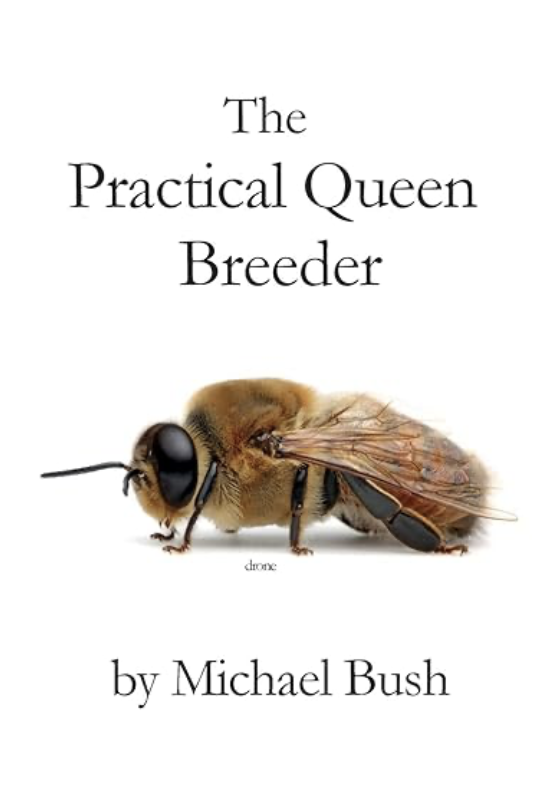
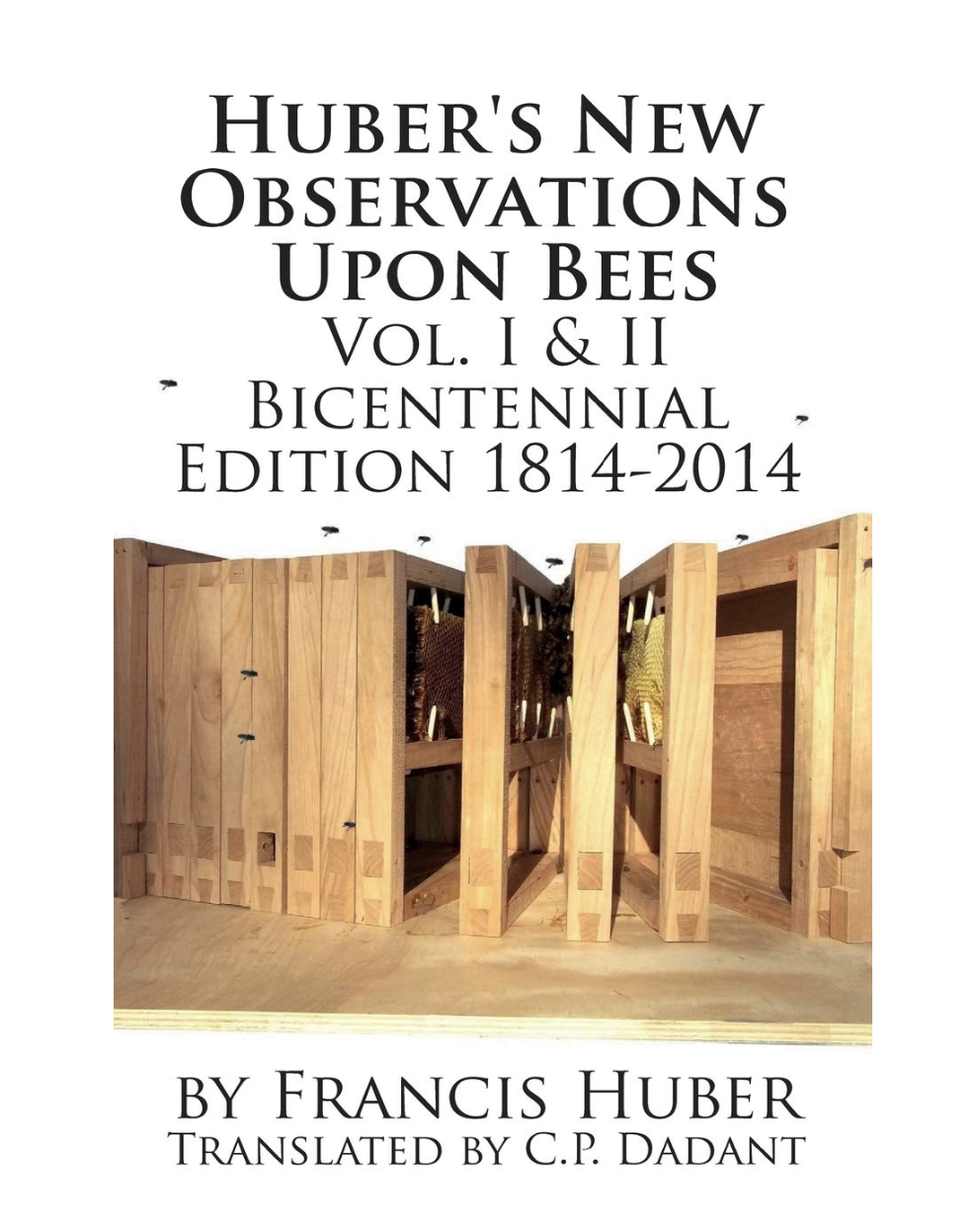


New! Comments
Have your say about what you just read! Leave me a comment in the box below.